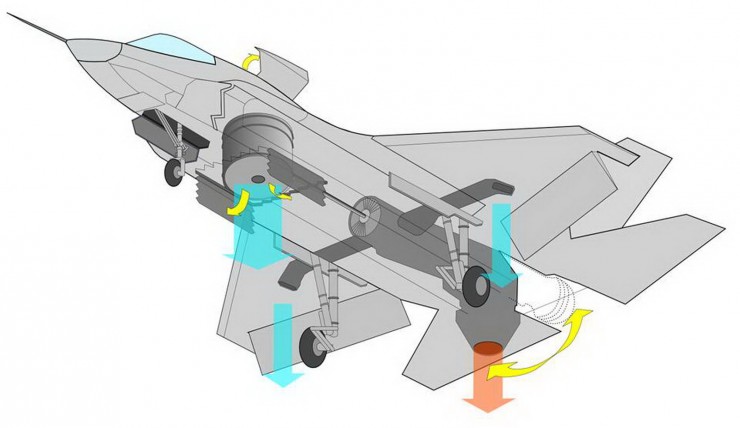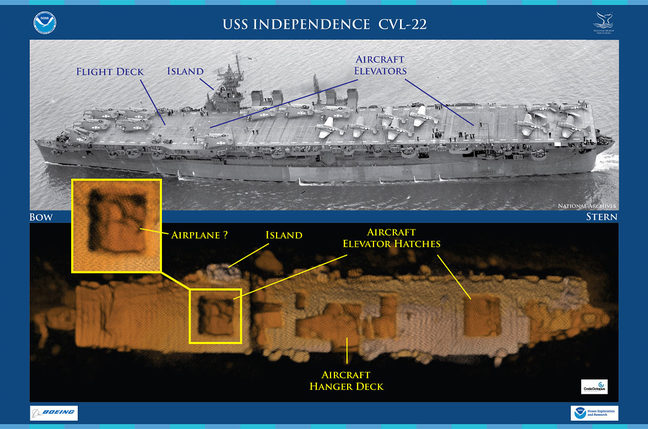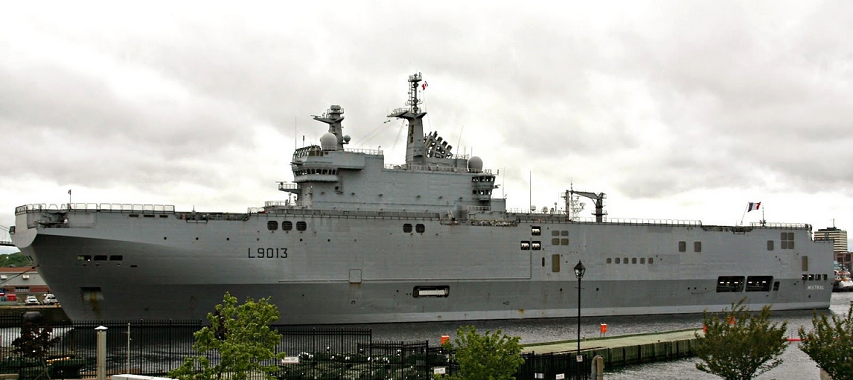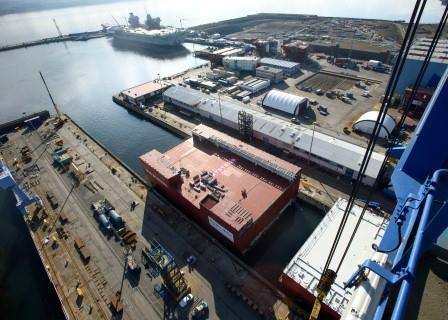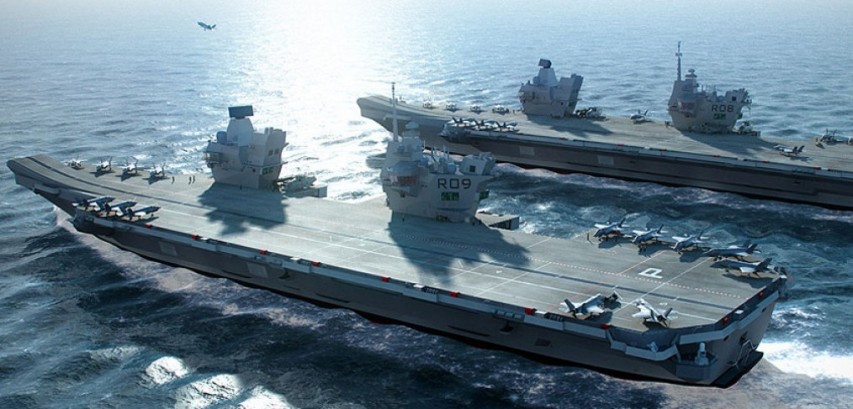While I was offline, Colby Cosh discussed the status signalling power of the modern aircraft carrier:
Aircraft carriers are such fascinating objects. With the exception of manned spacecraft, there is probably nothing that signifies national prestige quite as boldly as a flattop. It is almost the best single marker you can identify of the difference between states properly called “powers” and those that are just — well, will I be forgiven for saying “Canadas”? They attract enormous amounts of attention and analysis from military experts and amateur opinionators.
And, in a sense, this is disproportionate nearly to the point of self-evident unreason. The age of battles between aircraft carrier groups began with the commencement of the fight in the Coral Sea: May 4, 1942. It pretty much ended when the Americans sent four Japanese carriers to the bottom at Midway, 30 days later.
Since that abbreviated epoch, the countries capable of operating aircraft carriers have mostly avoided hot wars with each other. American ones have the run of the seas and find no trouble. Others constantly leave their owners wondering if they are worthwhile.
Perhaps this means that on the whole carriers have done their job. But a constant theme in their history is the fear that they make nice fat targets for the weaker side in a conflict. India’s carrier Vikrant played a key role in blockading Bengal during the 1971 war over Bangladeshi independence, but the Indian Navy was nervous about a seemingly foreordained single combat with Pakistan’s diesel submarine Ghazi (formerly USS Diablo), and got lucky when it sank in an apparent accident. The U.K., whose remaining scraps of empire pose a unique defence problem, sent a carrier, HMS Hermes, to the Falklands — and then the Royal Navy held it off, wincing all the while, at the edge of the theatre, barely within Harrier range of the islands.
Hermes is still on duty today as INS Viraat, a successor to Vikrant; one of the interesting things about carriers is that, as with submarines, their lives will often have two acts in different navies. That is the case with China’s existing, first aircraft carrier, the Liaoning. She was christened Riga in Soviet days and inherited by independent Ukraine as Varyag. A Hong Kong travel agency bought the hull, claiming it intended to turn it into a floating casino. (Getting the ship out of the Black Sea under the nose of Turkey might otherwise have been tricky, and wasn’t easy anyway.)

